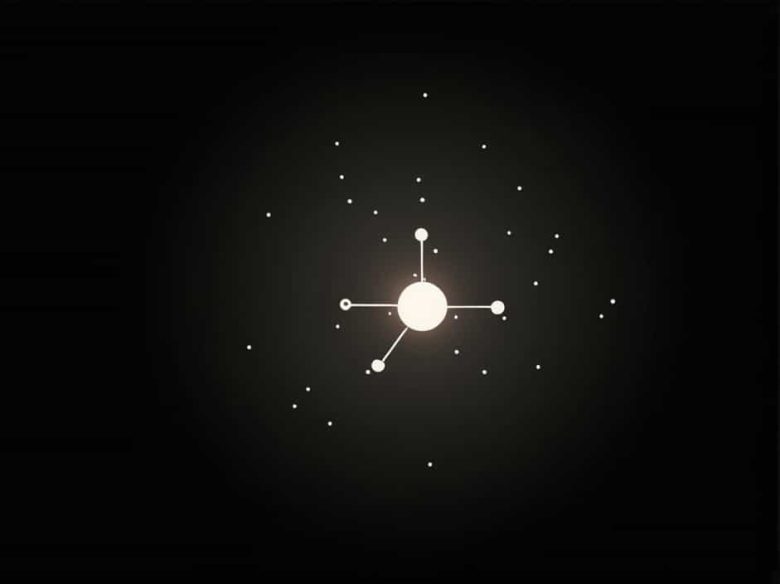Orion’s Belt and the Big Dipper are two of the most well-known asterisms in the night sky. Many people mistakenly believe they are part of the same constellation, but they are actually distinct formations belonging to different constellations. This topic explores the differences between Orion’s Belt and the Big Dipper, their significance, and how to locate them in the night sky.
What Is Orion’s Belt?
Orion’s Belt is a prominent asterism consisting of three bright stars—Alnitak, Alnilam, and Mintaka—that form a straight line within the constellation Orion the Hunter. These stars are among the brightest in the night sky and are visible from most parts of the world.
The Stars of Orion’s Belt
- Alnitak (ζ Orionis) – A blue supergiant located approximately 1,260 light-years away.
- Alnilam (ε Orionis) – The brightest star in the belt, a supergiant around 2,000 light-years away.
- Mintaka (δ Orionis) – A multiple star system located 1,200 light-years away.
Orion’s Belt is often associated with mythology and navigation, as ancient civilizations used it to determine the seasons and directions
.
What Is the Big Dipper?
The Big Dipper is another famous asterism, but it is part of a different constellation—Ursa Major (the Great Bear). Unlike Orion’s Belt, which consists of only three stars, the Big Dipper is made up of seven bright stars that form the shape of a ladle or saucepan.
The Stars of the Big Dipper
- Alkaid
- Mizar
- Alioth
- Megrez
- Phecda
- Dubhe
- Merak
These stars create a distinct shape in the northern hemisphere and have been used by navigators and astronomers for centuries
.
Key Differences Between Orion’s Belt and the Big Dipper
| Feature | Orion’s Belt | Big Dipper |
|---|---|---|
| Part of Constellation | Orion | Ursa Major |
| Number of Stars | 3 | 7 |
| Hemisphere Visibility | Visible worldwide | Primarily in the Northern Hemisphere |
| Seasonal Appearance | Best seen in winter | Best seen in spring and summer |
| Cultural Significance | Used in ancient navigation and mythology | Commonly used for navigation in the Northern Hemisphere |
While both asterisms are easy to spot in the night sky, they serve different purposes and belong to separate constellations.
How to Find Orion’s Belt and the Big Dipper
- Orion’s Belt: Look toward the southern sky during winter. The three bright stars forming a straight line are easy to recognize.
- Big Dipper: Best visible in the northern sky during spring and summer. Its ladle-like shape makes it easy to identify.
Although Orion’s Belt and the Big Dipper are both well-known star patterns, they are not related. Orion’s Belt is part of the Orion constellation, while the Big Dipper belongs to Ursa Major. Both asterisms have historical significance and remain essential for stargazers and astronomers.
By understanding the differences between these celestial landmarks, you can enhance your knowledge of the night sky and enjoy stargazing even more!



